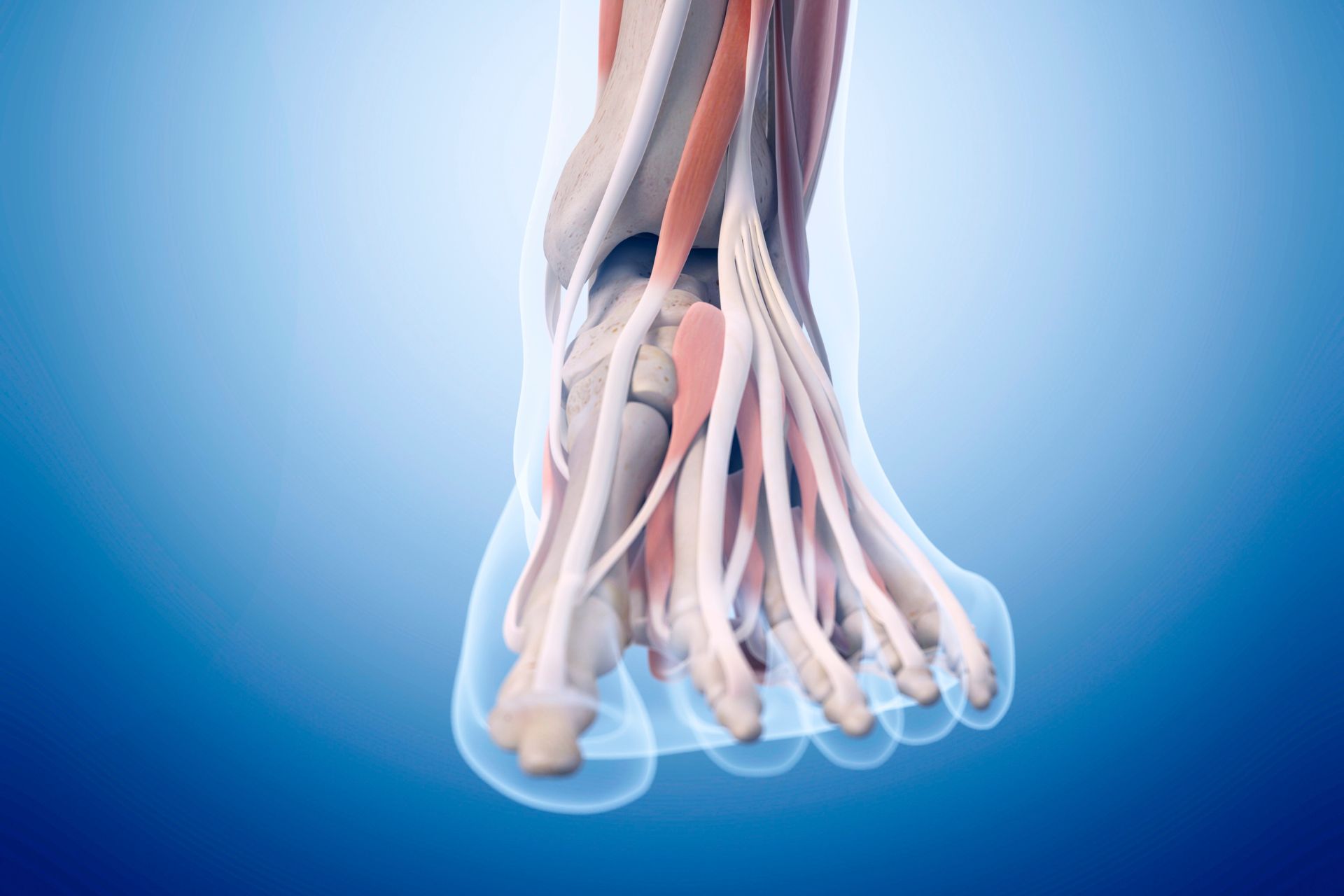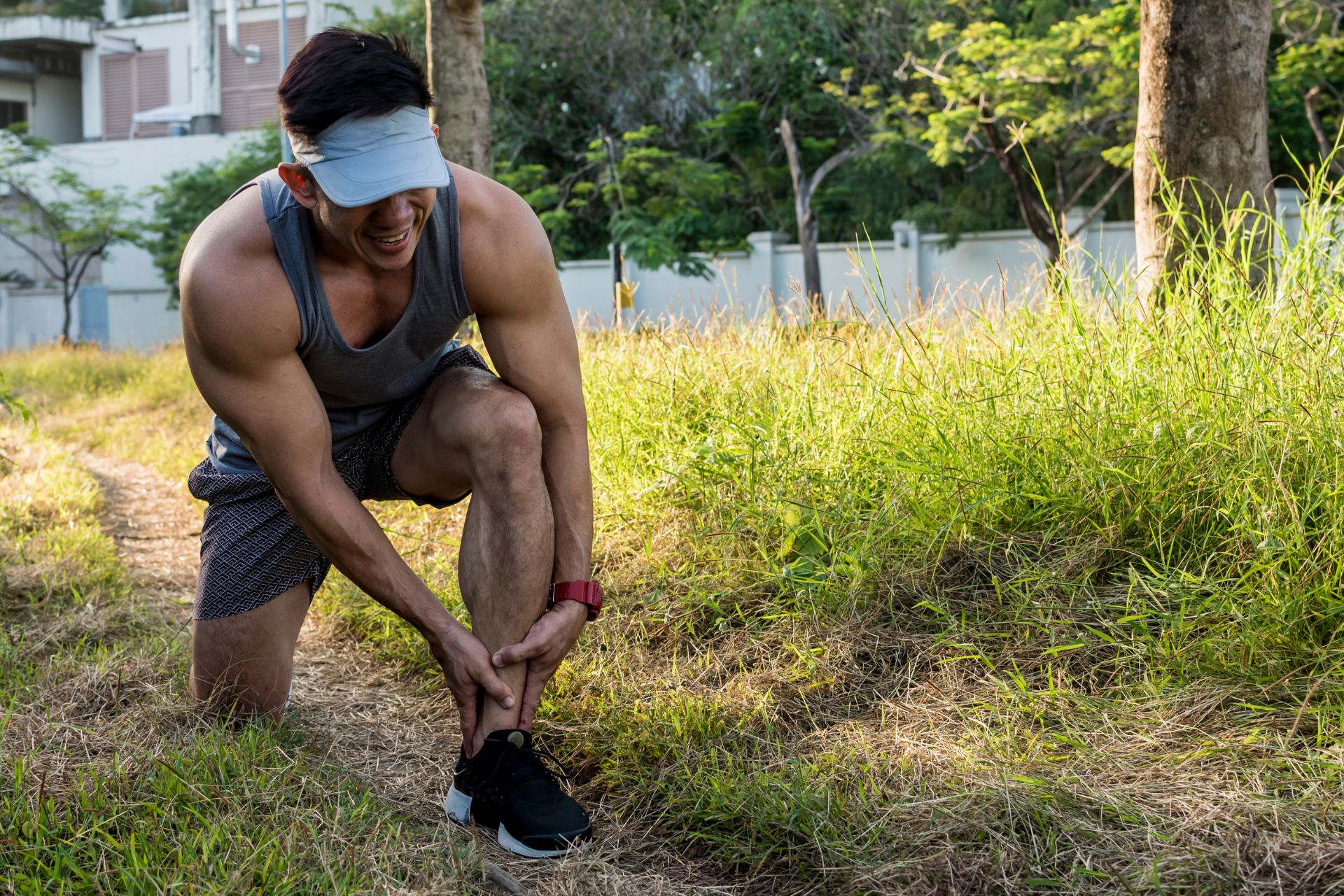When it comes to optimizing your workouts and staying injury-free, choosing the right footwear can make all the difference. Your feet serve as the foundation for nearly every movement you make in the gym, and wearing the wrong shoes can lead to discomfort, poor performance, or even injury. Whether you’re lifting weights, running on a treadmill, or taking a fitness class, understanding what makes a good gym shoe is key to supporting your performance and overall foot health.
Why Proper Gym Footwear Matters
Shoes are more than just a fashion statement. They are essential tools that support your movement, provide cushioning, and help maintain balance and posture. A well-designed shoe tailored for exercise not only enhances comfort but also reduces the strain on muscles and joints. This can lead to improved performance and a lower risk of injury during high-impact or repetitive activities.
Understanding Your Workout Style
Before choosing a pair of gym shoes, consider the type of workouts you regularly engage in. Different activities require different levels of support and flexibility. Here’s a quick breakdown:
- Weightlifting: Stability is key. Shoes with flat soles and firm midsoles help maintain proper posture and balance.
- Running or Cardio: Look for shoes with ample cushioning, arch support, and shock absorption to protect your joints.
- High-Intensity Interval Training (HIIT): Choose shoes with a balance of cushioning and responsiveness to accommodate fast lateral movements.
- Cross-training: These versatile shoes are ideal if you switch between strength training, cardio, and classes.
Identifying your fitness routine is the first step toward finding a shoe that meets both comfort and performance needs.
Key Features to Look For in Gym Shoes
To ensure you’re making the right investment in your fitness gear, here are several features to consider when shopping for gym shoes:
1. Proper Fit
Fit is everything. Shoes that are too tight can cause blisters and restrict movement, while shoes that are too loose can lead to instability. Make sure there’s about a thumb’s width between your longest toe and the front of the shoe, and that your heel stays in place without slipping.
2. Arch Support
Everyone’s feet are different. Whether you have flat feet, high arches, or something in between, choosing a shoe with appropriate arch support can help prevent pain and fatigue. For those with flat feet or overpronation, shoes with motion control or added support are essential.
3. Cushioning and Shock Absorption
Well-cushioned shoes reduce the impact on your joints, especially during high-impact exercises like running or jumping. Look for midsoles made from EVA foam or gel inserts that provide shock absorption without compromising flexibility.
4. Breathability
Materials like mesh allow air to circulate, keeping your feet cool and reducing moisture buildup. This can help prevent blisters, fungal infections, and general discomfort during long workouts.
5. Flexibility and Traction
Shoes should allow for natural foot movement without being too stiff. Flex grooves in the outsole help maintain agility and quick movements. A grippy outsole is also important to prevent slipping on gym floors, especially during lateral exercises.
6. Weight of the Shoe
A lightweight shoe reduces fatigue, particularly during cardio and circuit training. However, lightweight should not come at the expense of support. Always balance the two based on your activity.
7. Heel-to-Toe Drop
This is the difference in height between the heel and the toe of the shoe. Runners might prefer a higher drop for forward propulsion, while lifters typically benefit from a lower drop that supports stability and alignment.
8. Durability
Invest in a pair that’s built to last. Check reviews and product specifications for durability, especially if you train multiple times a week. Reinforced outsoles and sturdy construction can save you money and hassle in the long run.
Common Mistakes to Avoid
- Using Running Shoes for Everything: While running shoes are great for cardio, they often lack the lateral support needed for strength training or aerobics.
- Ignoring Your Foot Type: Knowing your arch type and gait can guide you to better support and avoid pain.
- Wearing Old Shoes: Over time, the cushioning and structure of gym shoes break down. Replace your shoes every 6 to 12 months depending on usage.
- Prioritizing Style Over Function: Aesthetic appeal should be a bonus, not a priority. Always choose shoes based on performance first.
When to Replace Your Gym Shoes
Just like any piece of fitness equipment, gym shoes wear out. Common signs that it’s time for a new pair include:
- Worn outsoles with little traction
- Uneven tread wear
- Reduced cushioning or support
- Visible cracks or damage in the sole
- New aches and pains after workouts
As a general rule, shoes should be replaced every 300 to 500 miles of use or every 6 months if you’re using them consistently.
Custom Orthotics and Footwear Adjustments
For those with chronic foot issues or biomechanical irregularities, custom orthotics can be inserted into your gym shoes for added support. These are especially beneficial for individuals with flat feet, plantar fasciitis, or previous injuries that require personalized correction. Consulting a foot specialist can help you determine whether orthotics are right for you.
Trying Before You Buy
Whenever possible, try shoes on later in the day when your feet are slightly swollen to mimic conditions during a workout. Wear the type of socks you plan to use in the gym and walk around to test for comfort and fit.
Final Words
The right gym shoes can greatly enhance both comfort and performance during your workouts. By understanding your activity needs, foot type, and desired features, you can make a more informed choice that supports your fitness goals while keeping your feet protected. If you’re unsure about what kind of support your feet need, it’s always a good idea to consult with a foot care professional.
Looking for expert foot advice? Contact Steady Gait Foot Clinic in Scarborough for a personalized assessment and recommendations tailored to your unique foot health.




